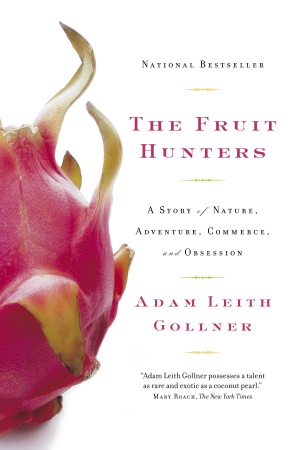Oh, how I luvs me a casserole! So I was stoked to get a review copy of this pretty little book entitled The Casserole Queens Make-A-Meal Cookbook, which touts that it contains "100 mix and match casseroles, salads, side dishes, and desserts." The Random House page breaks it down further, saying that there are 46 casserole recipes, 37 sides and salads, 13 desserts - and more. For many of the recipes, there are gluten free options and diabetic-friendly options.
Upon receiving the book, I was taken in completely by the charming writing style and anecdotes shared by the authors, and the recipes looked fantastic. I couldn't wait to try them! They seemed simple and involved ingredients that were generally inexpensive and easy to find. The first recipe was dying to try was the Deconstructed Cabbage Rolls on page 36. I totally love cabbage rolls, and even have fond memories of my mom making a cabbage roll casserole that was to die for. This recipe was even more tantalizing because it contained a decent whack of bacon in it, and bacon makes everything better!

The verdict, however, is a different story. The casserole was disappointing. For one thing, my 9x13 pan couldn't contain all the ingredients, so I had to move up to my largest lasagna pan - but not a big deal. The issue I had with the casserole was that it was bland! I made the recipe exactly as the cookbook stipulated, but I found the casserole lacking in flavour. My roommate, T, thought it was fantastic, though, by my other roommate was on my side with this: he found it bland, too. It was very disappointing, despite all the bacon.
 But onto the next, which was another recipe which really tickled my fancy because it contains two things I love: tator tots (which I NEVER eat!) and cream of mushroom soup (something you can't go wrong with in a casserole). This is the recipe on page 110, and I found that it did fit into a 9x13 pan just fine, which made me happy. There was also an option to make your own cream of mushroom soup for the casserole, but I decided to go with at can of Campbell's. This was very easy prep-wise, which also made me very happy, and once the tator tots crisped up, it looked delectable!
But onto the next, which was another recipe which really tickled my fancy because it contains two things I love: tator tots (which I NEVER eat!) and cream of mushroom soup (something you can't go wrong with in a casserole). This is the recipe on page 110, and I found that it did fit into a 9x13 pan just fine, which made me happy. There was also an option to make your own cream of mushroom soup for the casserole, but I decided to go with at can of Campbell's. This was very easy prep-wise, which also made me very happy, and once the tator tots crisped up, it looked delectable!The verdict, however, was: milquetoast! I found it very salty, my male roommate found it salty as well, and T, who usually likes everything, found it kind of blah. I was very disappointed, and started wondering if this cookbook was a complete dud.
 But I wasn't going to give up on it yet. One more recipe! This time, a non-casserole: the Dill Bread recipe on page 160. It's basically a batter bread you bake in a casserole dish. Again, I made it just as the recipe stated to, but during the rising process the dough didn't do diddly, so I began to worry that my yeast was dead. I baked the bread anyway, though, and...drumroll...we finally had a winner! This bread was a huge hit with everyone! It looked great, and it smelled fantastic. It had a great moist texture, somewhere between a scone and a cake. It was nice and spongy and soft, and it was tasty as hell. This is something I'd definitely make again. In fact, I think this will be a very versatile recipe to have on hand as I can think of all kinds of things you could put in here either with dill or with other herbs. Or just plain, too.
But I wasn't going to give up on it yet. One more recipe! This time, a non-casserole: the Dill Bread recipe on page 160. It's basically a batter bread you bake in a casserole dish. Again, I made it just as the recipe stated to, but during the rising process the dough didn't do diddly, so I began to worry that my yeast was dead. I baked the bread anyway, though, and...drumroll...we finally had a winner! This bread was a huge hit with everyone! It looked great, and it smelled fantastic. It had a great moist texture, somewhere between a scone and a cake. It was nice and spongy and soft, and it was tasty as hell. This is something I'd definitely make again. In fact, I think this will be a very versatile recipe to have on hand as I can think of all kinds of things you could put in here either with dill or with other herbs. Or just plain, too.I didn't get around to making any of the desserts, but there are certainly quite a few that look worthy of testing out. There are squares, brownies, cakes and pies, and the recipes all look terrific.
So despite having two so-so casserole experiences from this book, I am going to keep it on my overstuffed cookbook shelves, because it definitely has a lot of potential. I am not going to write it off just yet - after all, fall has just begun and I'm eager to try a few other recipes in it, like the Chicken Enchiladas and the Savory French Onion Tart. There are too many ideas in here to pass by!
























